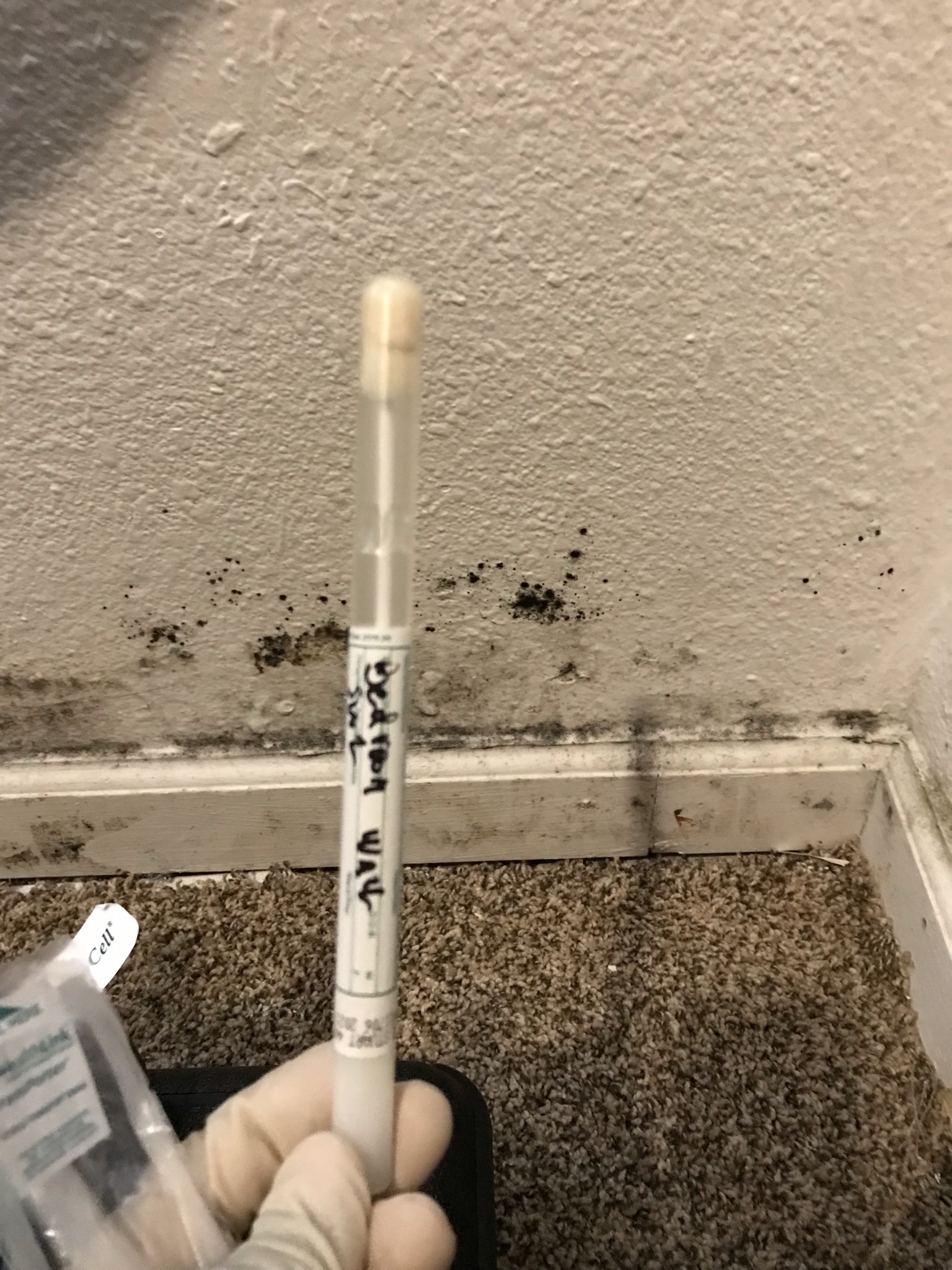Top Notch Tips About How To Detect Mold In Walls

Should you manage to access the interior yourself, follow the same steps to remove mold from wood flooring.
How to detect mold in walls. Need a local professional to check your walls? Mold has a distinctive musty odor. Discolored walls, ceilings, floors and other areas.
Visible mold mold inside walls often stays within the walls. Spotting new vs. Watch and wait before you scrub.
Mold testing kits are more like science experiments to test for the presence of molds in your house. Window leaks poor ventilation detecting mold inside the wall cavity is difficult but not impossible when there is no visible mold present. Most of these kits use a settle plate application to detect molds.
Identifying mold growth behind your walls can be challenging, but it is important to catch it early before it causes significant damage to your health and home. Water damaged or rotted flooring, ceiling and wall materials. The spores of mold can be found in the air and on different surfaces.
Your walls feel damp or wet. Create a cleaning solution of bleach and water and work in the mixture until you lift the mold completely and you cannot see any remnants. If you see grey, black, green, or bluish specks along grout lines, on walls, or other surfaces, it is most likely mold.
Start with a cloth to remove surface water, then run a. A quick test for mold can be done when you dip a swab in diluted bleach (1 part bleach, 16 parts water) and dab it on the wall. To use the kits, you have to place a dish in some parts of your house for 24 to 48 hours while you wait for the spores to fall into the dish.
Figuring out if you have mold inside your wall and even what wall might have a mold problem is no easy task. If the spot quickly lightens (or keeps coming back after cleaning), assume it's mold. One case of this is mold growth behind your home’s walls.
Look for signs of mold on your walls, such as discoloration or staining. Where to look for signs of mold in your home behind the refrigerator under stacks of newspapers or cardboard behind the drywall in wall stud spaces that contain plumbing lines under sinks behind the wallboard around leaking windows in ventilation ducts under carpeting that was wet at one time. Dark water stains on walls, floors, or ceilings usually indicate the presence of mold.
Cool, dark places and water are the. Fresh toxic molds are often slimy and bright, while older, dead mold can appear dry and powdery, with. Visual inspections are usually the easiest and best ways to detect if mold is in your walls.
You can check for damp areas on your drywall and look for watermarks. Mold infestations often begin in the walls of a home, only becoming visible as the. Unexplainable staining on the walls could indicate a water leak, mold, or both.













:max_bytes(150000):strip_icc()/identifying-mold-vs-mildew-4799138-final-4266e4b3d84c4401a7c1d8b6835dcc97.png)




